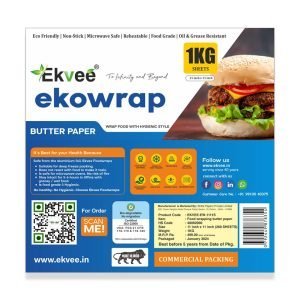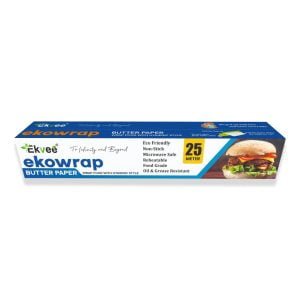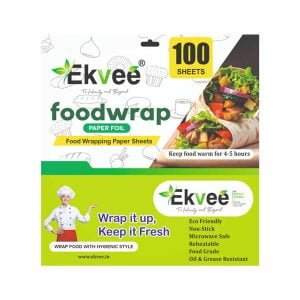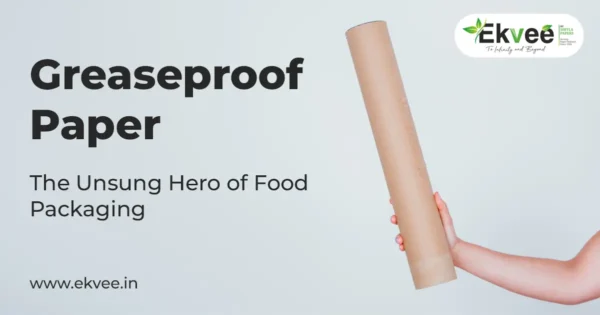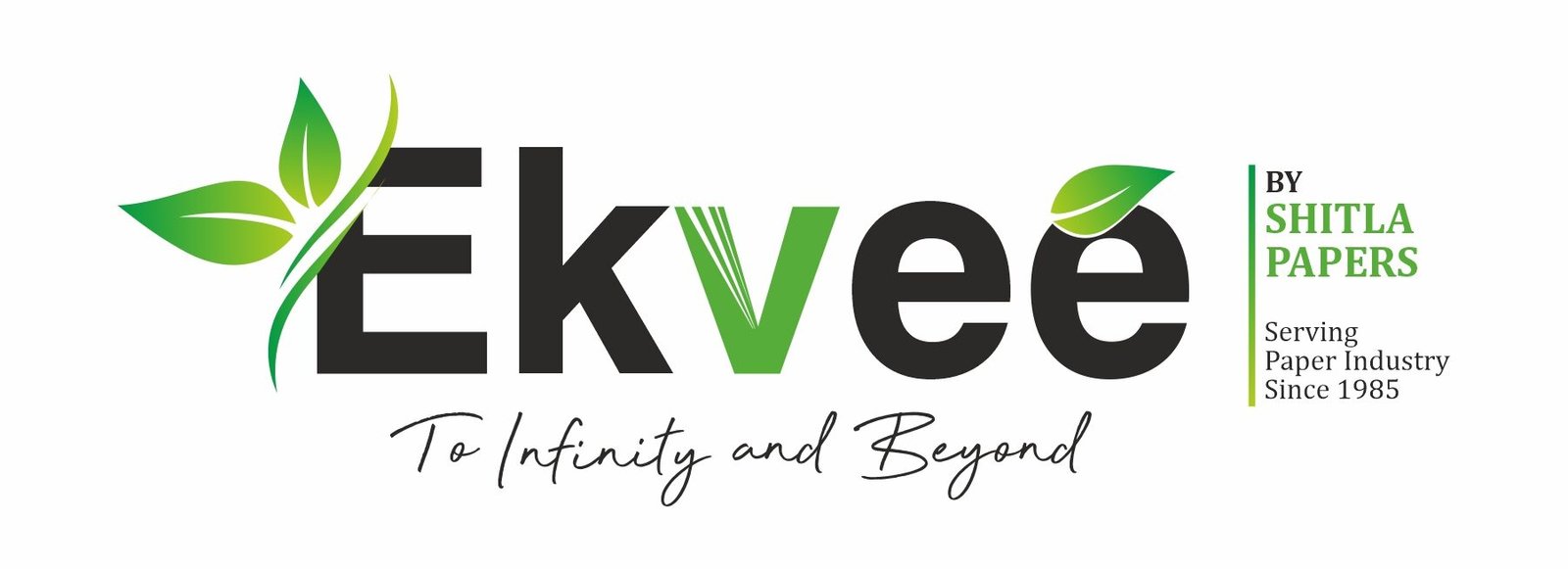Learn How To Use Food Wrapping Paper: A Comprehensive Guide
Food wrapping paper, often an unsung hero in our kitchens, holds immense potential for preserving freshness and ensuring our culinary creations reach their full potential. With a little know-how, this unassuming tool can become a valuable asset in your kitchen arsenal. In this guide, we will walk you through the steps to use food wrapping paper effectively, unlocking its full potential.
1. Select the Right Food Wrapping Paper
The first step in using food wrapping paper effectively is choosing the right type for your specific needs. Consider the following options:
- Wax Paper: Ideal for wrapping cheese, sandwiches, and baked goods, as it has a moisture-resistant coating.
- Parchment Paper: Great for baking, as it is non-stick and can withstand moderate oven temperatures.
- Biodegradable Wraps: Made from eco-friendly materials, these wraps are perfect for environmentally-conscious individuals looking to reduce plastic usage.
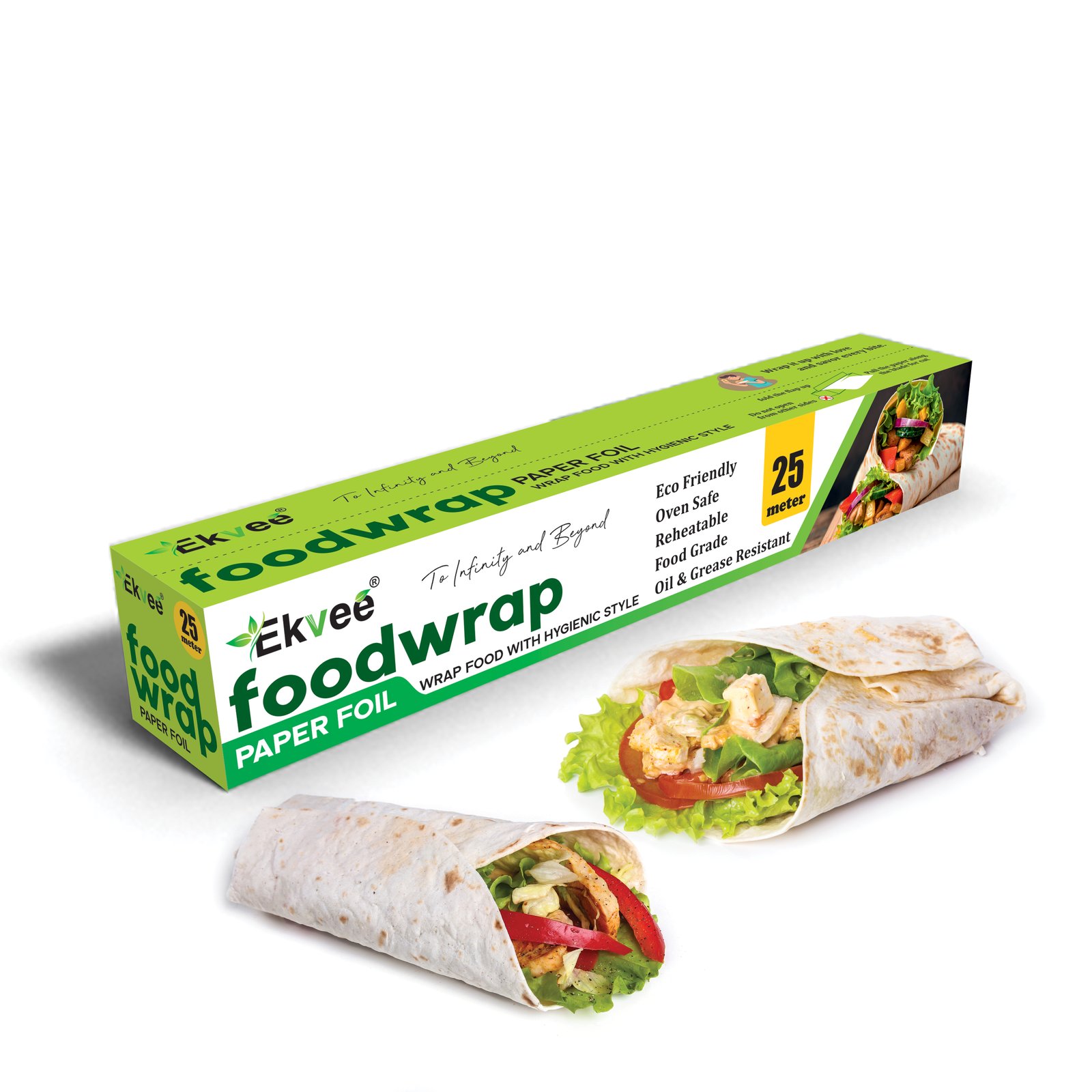
2. Prepare Your Food Item
Before you start wrapping, ensure that your food item is clean, dry, and ready for packaging. Pat it down with a paper towel if excess moisture is present, as this can affect the effectiveness of the wrapping.
3. Measure and Cut
Measure out an appropriately-sized piece of wrapping paper based on the size of the food item you’re wrapping. It should be large enough to completely cover the item with some extra material to fold or seal the edges.
4. Wrap It Up!
Now, it’s time to wrap your food item. Here’s how to do it effectively:
For Sandwiches or Similar Items:
- Place the Food: Put the sandwich or similar food item in the center of the wrapping paper.
- Fold and Tuck: Fold one side of the paper over the food, then fold in the sides and tuck them under the item. This creates a snug, secure package.
For Baked Goods:
- Center the Item: Position the baked good in the center of the wrapping paper.
- Fold and Secure: Fold the paper over the item, ensuring it’s completely covered. If necessary, use tape or a sticker to secure the wrapping.
For Irregularly Shaped Items:
- Adapt to the Shape: Adjust your wrapping technique to accommodate the shape of the food item. You may need to fold, tuck, or secure the paper in different ways.
5. Label and Date (Optional)
If you’re preparing food for future use, consider labeling the wrapping paper with the contents and date. This ensures you can easily identify and use the items at a later time.
6. Store Properly
Place the wrapped food item in an airtight container or a resealable bag if needed, especially if you’re storing it for an extended period.
7. Reheat (If Applicable)
If your food wrapping paper is microwave-safe and you’re reheating leftovers, simply place the wrapped item in the microwave. This eliminates the need to transfer food to another container, reducing dishwashing time.
By mastering the art of using food wrapping paper, you not only extend the freshness of your food but also contribute to a more sustainable kitchen. With a little practice, this simple tool can become an indispensable part of your culinary repertoire. Embrace the possibilities it offers and elevate your food storage game today!


